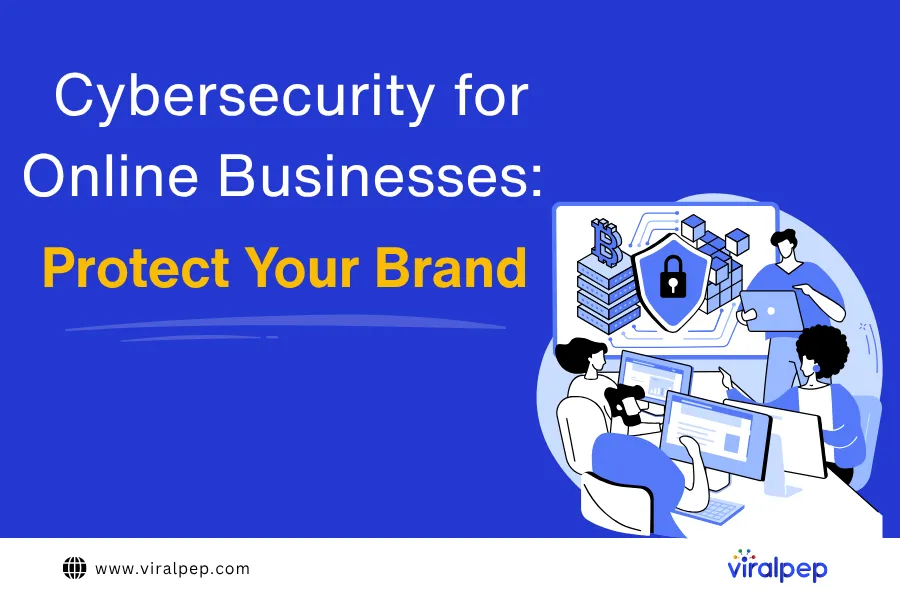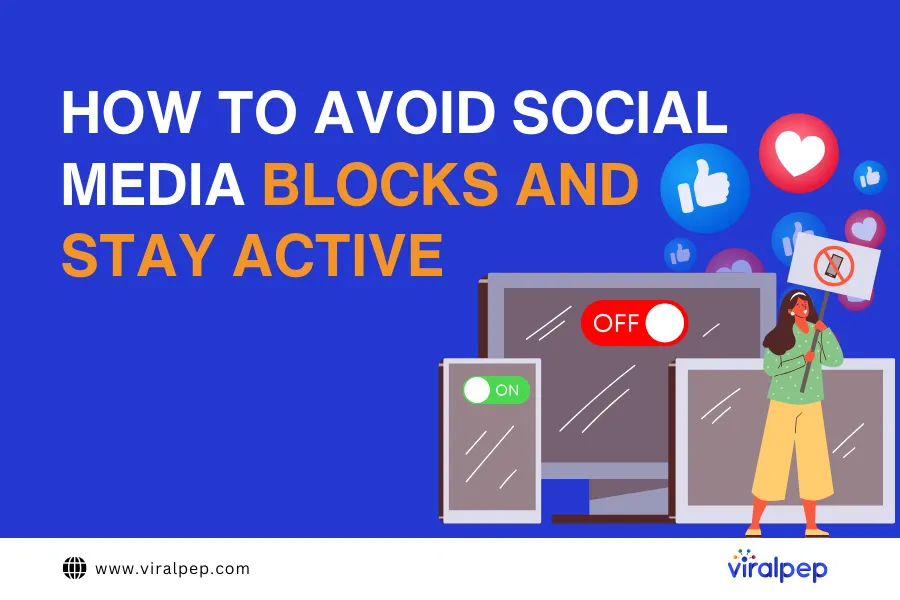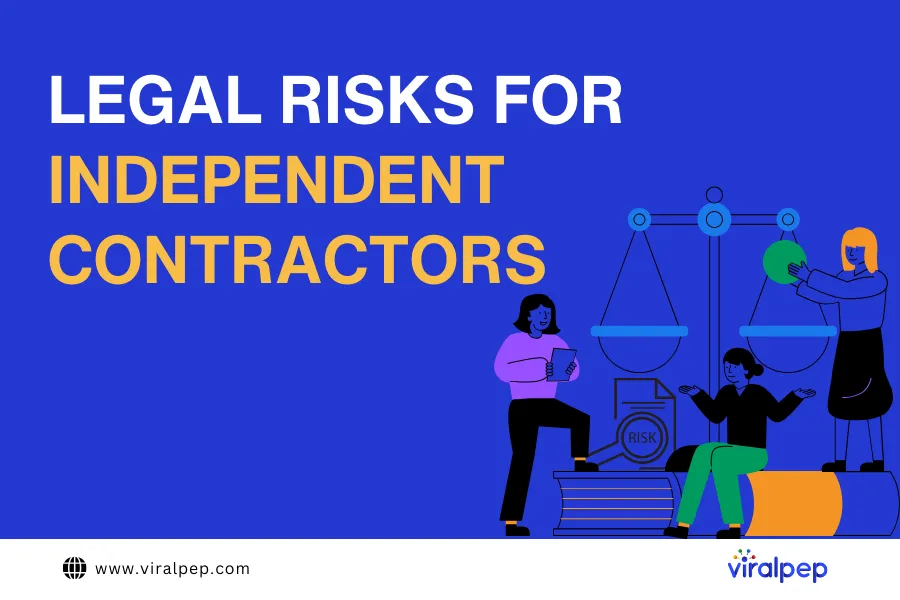Cybercrime targeting online business protection efforts increased by 71% in 2023 compared to last year. We need to act fast.
Cybercriminals have made e-commerce platforms their number one target, and they are succeeding 32.4% of the time. Small e-commerce stores have a grim reality – 60% shut down within 6 months of being hacked. Customers’ online shopping habits make security measures crucial; 85.6% of consumers bought online last month.
Data breaches can lead to fraud, identity theft, and damage to our reputation beyond repair. Today’s hostile cyber world requires businesses to know how to protect their digital assets and customer trust. This post explores everything in digital ventures that can shield their operations from growing threats.
With the digital economy growing fast, even startups and niche online stores are vulnerable. Cloud-based services, digital payment systems, and third-party integrations have created new entry points for attackers. A single overlooked vulnerability, like an unpatched plugin or weak password, can give hackers access to entire customer databases. Proactive cybersecurity is no longer optional but a key differentiator between businesses that thrive and those that get hacked.
Understanding the Threat Landscape
Cyber threats have changed a lot in the last few years. The pandemic triggered a massive surge in cyber attacks that doubled in frequency. This is a dangerous world for businesses operating online.
Malware is the most common cyber threat. It covers different types of attacks like ransomware, trojans, and spyware. Attackers design these malicious programs to harm systems, steal data, or lock away important information. Ransomware attacks grew 13% in 2022, which is the same growth as the last 5 years combined.
Criminals still prefer phishing as their go-to method. They send fake emails or messages to steal sensitive information from unsuspecting users. Networks also face denial-of-service attacks that flood them with fake requests. These attacks block real users from accessing important services.
Small businesses are the most at risk. Attackers target them 3 times more often than larger companies. The consequences are severe – 60% of small businesses shut down within 6 months of being hacked due to limited IT resources. The financial impact is brutal. A data breach now costs companies USD 4.88 million on average in 2024, up 10% from last year. Companies also face regulatory penalties, business disruption, and severe reputation damage that destroys customer trust.
The threat landscape is evolving with the rise of artificial intelligence (AI) driven attacks. Hackers are now using machine learning to automate phishing campaigns, making them harder to detect. Deepfake technology can impersonate business executives to authorize fraudulent payments, a tactic called “CEO fraud”. The dark web has become a marketplace for stolen credentials and hacking tools, and even inexperienced criminals can execute sophisticated attacks. Understanding these modern attack vectors helps organizations build defense mechanisms that stay one step ahead.
Technical Measures to Secure Your Business
Technical controls play a big role in protecting your online business. Your first step should be a strong firewall that stops outsiders from accessing your private network data. For example, see how a web application firewall (WAF) filters malicious web traffic and blocks threats like SQL injection and cross-site scripting.
SSL/TLS certificates will encrypt your website’s communication between servers and users. This encryption will give your sensitive information complete protection during transmission. Search engines rank HTTPS websites higher, which helps boost your online visibility.
Your system’s defense depends on regular software updates. Hackers love to exploit outdated software vulnerabilities. That’s why you should turn on automatic updates and install critical security patches quickly.
Multi-factor authentication (MFA) makes your accounts almost unhackable – 99% less likely to be breached. Users must prove their identity through multiple credentials, not just passwords.
On top of that, it makes sense to limit physical access to computers and set up individual user accounts. These accounts should have strong passwords that change quarterly. A network monitoring system can alert your team to suspicious activities. Among other protection tools, you’ll need malware security to prevent, detect, and remove malicious software.
And on top of that, businesses can benefit from Zero Trust Architecture (ZTA), a model that assumes no user or device should be trusted by default, even if they are inside the network. This framework requires continuous verification of users, devices, and activities to minimize insider threats. Data backup and encryption play a big role in reducing ransomware damage. Storing backups in separate, secure locations ensures your data can be recovered without paying ransom demands. Implementing intrusion detection and prevention systems (IDPS) further hardens your defenses by identifying abnormal activities before they cause harm.
Protecting Brand, Reputation Online Presence
The global authentication and brand protection market will reach USD 7.64B by 2032. Counterfeiting and piracy alone could drain USD 4.20T from the global economy by 2025. Brand protection is critical to your digital venture’s survival.
Having a formal business structure, such as a Limited Liability Company (LLC), strengthens your brand’s security and credibility. An LLC separates personal and business assets, reduces financial risk in case of cyber incidents, data breaches, or compliance-related disputes. It also provides a clear framework for managing intellectual property and digital assets, ensuring ownership and accountability are well defined. The process for forming an LLC varies by state. For example, forming an LLC in New York requires submitting Articles of Organization and obtaining a registered agent, while in California, additional state-specific filings and fees apply. Business owners should review local regulations carefully to ensure compliance and proper protection.
A strong defense begins by monitoring unauthorized use of trademarks, patents, and copyrighted materials on digital platforms. Regular domain spoofing checks can stop fraudsters from creating convincing mirror versions of your website to steal customer credentials.
Phishing is one of the biggest threats to brand integrity, as 78% of people have encountered these scams. Email authentication protocols like SPF, DKIM, and DMARC prevent email spoofing and protect your brand identity.
Customer education about potential scams strengthens trust. Research shows 70% of consumers skip purchases when they doubt a company’s data protection capabilities. Clear communication about security practices helps to reinforce reliability.
A solid disaster recovery plan with defined recovery time objectives (RTO) and recovery point objectives (RPO) minimizes downtime after security incidents. Reputation management tools and brand monitoring software can also detect fake reviews, counterfeit listings, or impersonation attempts. Quick response to misinformation prevents long-term damage.
Partnering with cybersecurity firms that specialize in digital risk protection services further protects your brand image. These services monitor deep and dark web activity for stolen assets or leaked credentials, allowing proactive response before issues escalate.
Conclusion
Cybersecurity is no longer a choice for digital ventures; it’s a must for survival. As threats get more sophisticated, businesses must harden both technical defenses and brand protection. Regular updates, encryption, employee awareness, and strong authentication are the foundation against attacks. Transparency and customer trust are key to reputation and loyalty.
By treating security as an ongoing responsibility, not a one-time task, businesses can be resilient and confident in a rapidly changing digital world. Prioritize cybersecurity today for a safer and more sustainable future for your digital venture.









